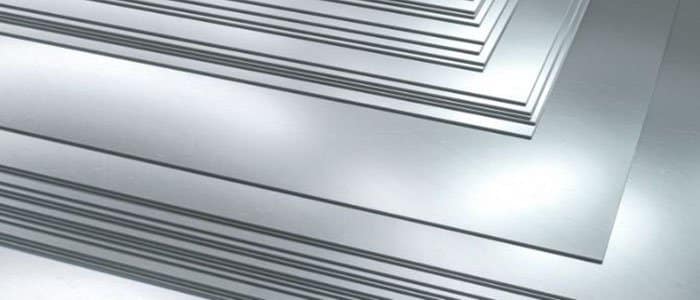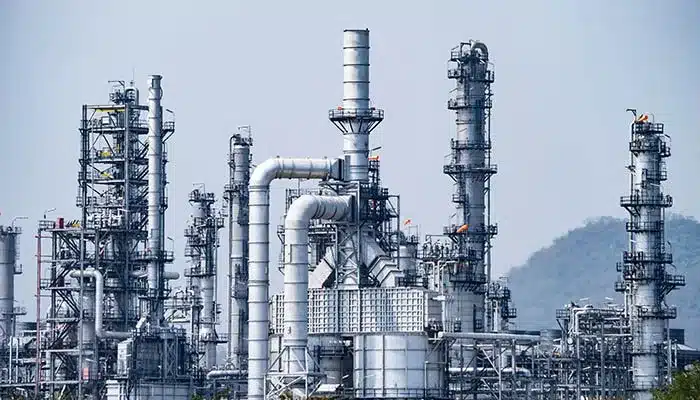In industrial manufacturing, 1045 carbon steel and A36 carbon steel are two widely used carbon steel materials. They serve as cost-effective and stable choices for mechanical processing, structural frameworks, and other applications. However, a deeper analysis of their chemical composition, mechanical properties, and processing characteristics reveals significant differences in their design logic and suitable use cases. This article provides a technical breakdown of their core distinctions to help you make informed material selection decisions based on specific project requirements.
Chemical Composition & Metallurgical Properties Define Fundamental Performance Differences
1045 carbon steel belongs to the medium-carbon steel category, with carbon content controlled between 0.43%-0.50%. It also contains 0.60%-0.90% manganese to enhance hardenability. This composition design gives it inherently high strength potential, making it suitable for applications requiring high stress resistance. In contrast, A36 carbon steel has lower carbon content (0.25%-0.29%), classifying it as low-carbon steel. However, the addition of 0.80%-1.20% manganese along with trace amounts of phosphorus and sulfur significantly improves its weldability and machinability. Simply put, 1045 is designed for “strength-first” scenarios, while A36 prioritizes “ease of processing and forming.”
This compositional difference directly translates to their core performance: 1045 achieves higher hardness and wear resistance after heat treatment, whereas A36 excels in ductility and weldability.
Mechanical Properties & Machining Compatibility Comparison
From a mechanical performance perspective, heat-treated 1045 carbon steel reaches tensile strength up to 92,000 psi, far exceeding A36’s range of 58,000-80,000 psi. Its hardness (170-250 Brinell in annealed state) and fatigue resistance are also superior, making it ideal for gears, shafts, and other high-stress components. However, the higher carbon content results in lower ductility (15%-20% elongation), requiring strict control over preheating and post-weld heat treatment to prevent cracking during welding. A36, while slightly weaker in strength (36,000-50,000 psi yield strength), offers 20%-25% elongation and excellent low-temperature impact toughness, making it perfect for structural applications like building beams and welded frames.
In terms of machinability, 1045 demands sharper tools and adequate cooling to avoid work hardening that accelerates tool wear. A36, on the other hand, can be processed with standard tooling and exhibits smoother cutting performance. For welding, A36 requires almost no preheating, while 1045 necessitates precise preheating temperatures (300°F-500°F) and post-weld heat treatment. Forming operations favor A36, which accommodates bending and stamping easily, whereas 1045 is better suited for machining-based shaping.
Heat Treatment Capabilities & Application Divergence
Heat treatment capacity is a critical differentiator. 1045 responds well to normalizing, quenching+tempering, or carburizing, enabling precise control over hardness and strength—its surface hardness can reach 45-50 HRC after quenching+tempering, making it suitable for wear-resistant applications. A36’s heat treatment options are limited to stress relief annealing or softening annealing for improved machinability, with no significant strength enhancement possible. This makes 1045 the go-to choice for high-stress functional components, while A36 dominates structural applications.
Typical Applications & Selection Logic
Practically, 1045 is used for precision transmission shafts, machine tool gears, and hydraulic piston rods—applications requiring high strength. A36, meanwhile, is the default choice for building frames, bridge supports, and steel enclosures. The two grades even complement each other in some projects—for example, using A36 for the main structure of a factory building to ensure welding efficiency, while employing 1045 for critical fasteners to meet strength demands.
Selection should consider multiple factors: when high strength, wear resistance, and subsequent heat treatment are needed, choose 1045; for weldability, forming flexibility, and cost control, A36 is preferable. Processing methods (machining/welding/forming) and service conditions (static/dynamic loads) must also be evaluated.
__________________________________________________________________________________________________
Daxun Alloy Co., Ltd. is an experienced supplier of metal materials. Whether it is 1045 carbon steel, A36 carbon steel or other grades of carbon steel, we have sufficient inventory. If your project requires carbon steel materials, please contact us immediately and our professional sales staff will give you the best service.
🔧 Explore Our Alloy Products




